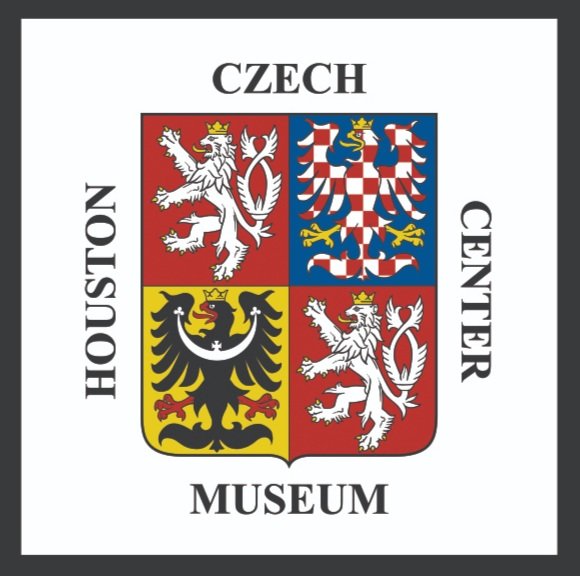CZECHS, COLLECTED: Czech and Slovak photographers at FotoFest 1990 – present
It is only fitting in our multicultural Houston that we have a Czech Center Museum which shares the Czech and Slovak history, culture, art, and music with the city’s vibrant and inclusive community. All people have a special place in their heart where childhood ethnic memories, music, art, language, and humor (unique in the case of the Czechs) dwell. It is a thrilling moment indeed when a Czech encounters a person who truly appreciates not only the culture, place, and history of his or her home country, but also appreciates the nature and humor of the Czech people.
Wendy Watriss first went to Czechoslovakia in 1968 and found something special there, something she liked very much. She returned with her partner and FotoFest co-founder, Frederick Baldwin, many times in the 1980s and the following three decades – lending support to local artists, collaborating with curators, sponsoring forums, and fostering relationships with prominent institutions and figures of the country. In the 1980s, Wendy and Fred also brought something groundbreaking to Houston, something they named FotoFest, and over the next three decades, FotoFest has played a primary role in bringing Czech and Slovak photography to our city.
In 1989 the MFAH staged a groundbreaking exhibit, curated by Alison de Lima Greene and Anne Wilkes Tucker, titled CZECH MODERNISM: 1900-1945. That exhibit introduced Czech modern art to this country. The next year, Wendy and Fred dedicated the 1990 FotoFest Biennial to Czechoslovakian photography with an exhibit titled PERSPECTIVES, REAL AND IMAGINARY: NINETEEN CONTEMPORARY CZECHO-SLOVAK PHOTOGRAPHERS. During the 1998 Biennial, FotoFest presented ALTERED WORLDS CONTEMPORARY STAGED SLOVAK PHOTOGRAPHY. The curator was Lucia Benická, associated with the Tatranská galéria Poprad; the exhibit included Poprad and Bratislava artists: Robo Kočan, Pavel Pecha, Rudo Prekop, Vasil Stanko, Miro Švolík, Kamil Varga, Peter Župník. In 2003, Wendy Watriss curated an exhibit titled THE PHOTOGRAPHIC EYE with Czech artists Vojtěch V. Sláma and Igor Malijevský. She followed this FotoFest exhibition, with the 2009 exhibit NEW VISUALISM, featuring Štěpán Grygar and Fernando la Rosa. In 2011 Miro Švolík was one of three artists featured in the FotoFest exhibit A MATTER OF WIT, curated by Wendy Watriss. In 2019 Steven Evans, the current director of FotoFest, curated the VELVET GENERATION exhibit, which features the works of Vojtěch V. Sláma, Igor Malijevský, Gabriela Sauer Kolčavová and Roman Franc.
It is this history of FotoFest, championing Czech and Slovak photography, that the Czech Center Museum wants to celebrate with a new exhibition titled CZECHS, COLLECTED: CZECH AND SLOVAK PHOTOGRAPHERS AT FOTOFEST 1990-PRESENT. All the works in this exhibition are borrowed from private collections and they present unique perspectives. The artists’ works on display have been chosen by individuals, each of whom has a unique personality, sensibility, and approach to collecting. Their reasons for acquiring these images differ. Some find the photographs inspiring for their own work as artists, some respond to the humor in these works or their poetic beauty; others connect to their creativity and innovation. Yet, they all have responded to an image or images created by the Czech and Slovak artists in this show. Many of these works were collected as a result of FotoFest shows.
The Czech Republic and Slovakia are two small but mighty countries uniquely located in the heart of Europe. Brno, the largest city in the Eastern part of the Czech Republic, and where four of the artists in the exhibition live, was in the 9th and 10th century the center of the Great Moravian Empire. Prague, where the other three photographers work and live, was on two occasions the seat of the Great Roman Emperor. Science, art, and innovation have always thrived in the rich history of these places, and this exhibition of Czech and Slovak photography gives you a small peek into the souls of their people.
Alice Randall
March 2024
